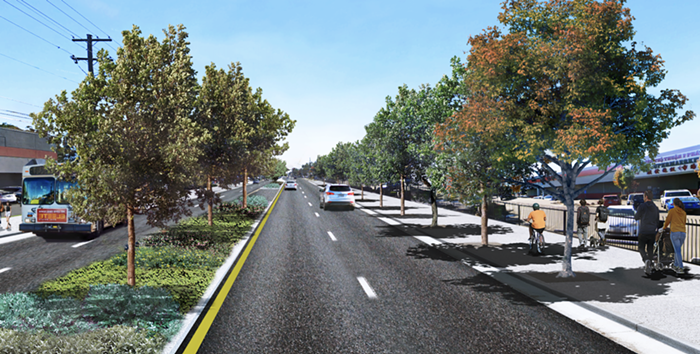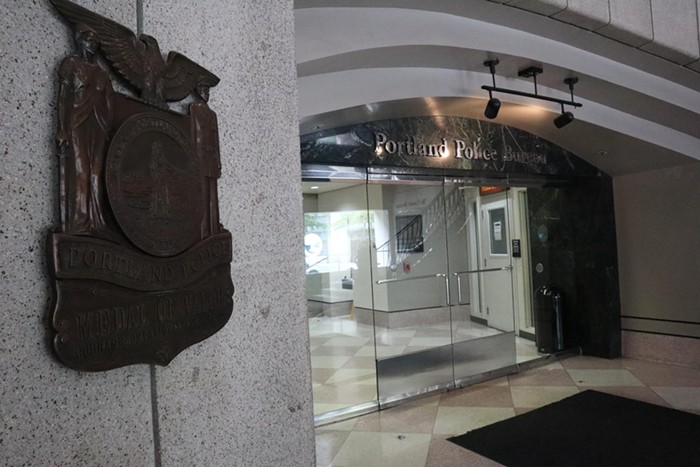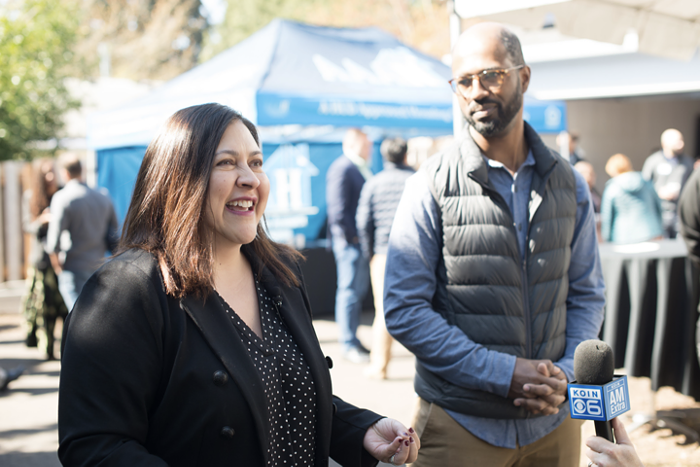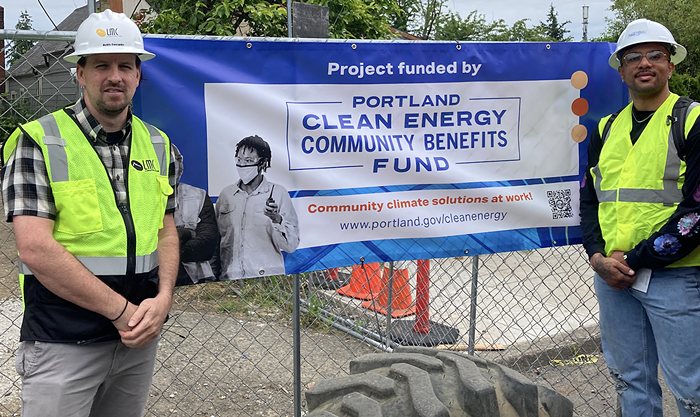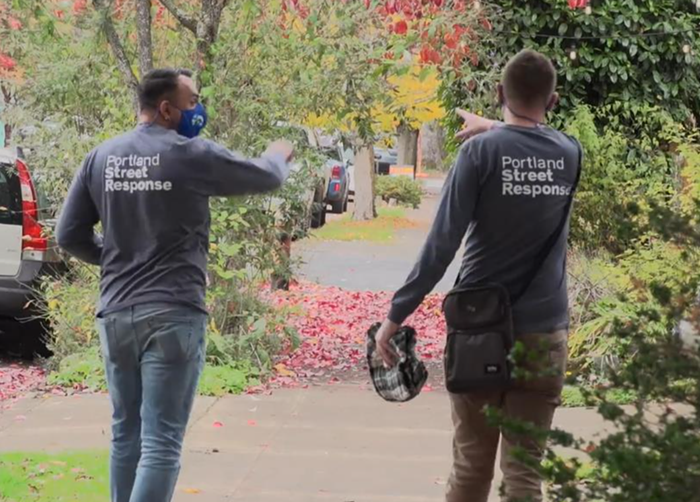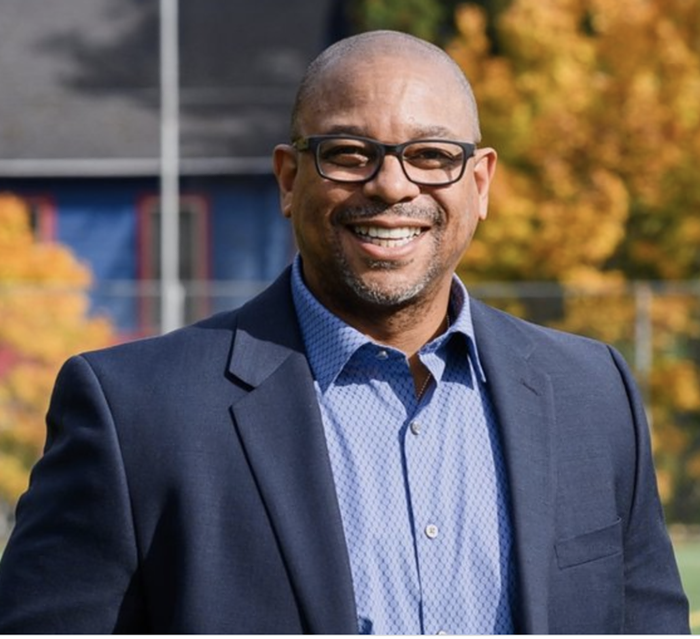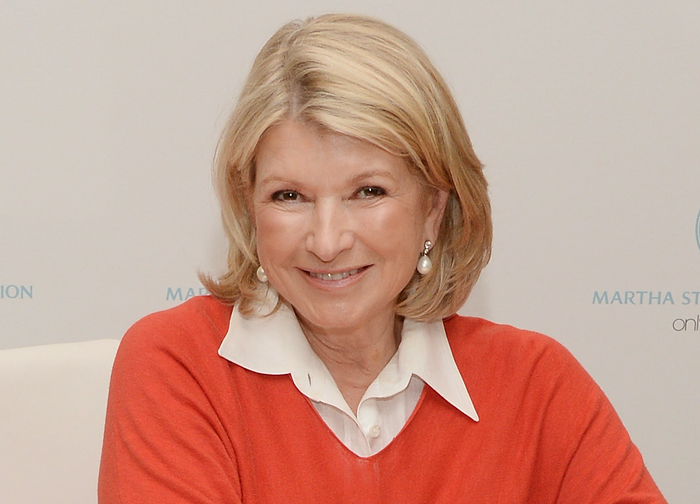GEORGE IS IN A RUSH. "I'm on my way to work," he says curtly, before stuffing one cloth satchel into a brown locker and then pulling out another.
But when he finishes the transfer, he points to the locker's closed door—one of several lining the south wall in the lobby of Bud Clark Commons, Old Town's still-pretty-new homelessness resource center and shelter complex.
"It's been huge. I don't have to wear the same thing every day," says George, a nattily dressed Portland State student who says he got behind on his bills and lost his housing in the middle of January. "It's the most important thing I have, this locker."
Across the lobby, another client waits for his microwave lunch and looks around at the nearly 50 people who'd crammed into the place on a recent rainy afternoon to maybe use a computer, talk to a social worker, or even just bask in a hot shower.
"It's the only day center in the city," says Jeff, who's been homeless, on and off, for five years. "It's packed every day."
To mark the six-month anniversary of the $47 million complex—and launch a public-relations push for thousands more in operating cash to keep things running, despite a citywide budget crunch—this month the Portland Housing Bureau issued a short report meant to show precisely how successful the project has been.
According to the report, more than 4,200 people have passed through the Bud Clark Commons day center since its grand opening last June, with just under half of those clients using the center as a link to social services. Moreover, close to 300 people have managed to loft themselves into permanent housing. Housing officials were planning to present their findings to city council on Wednesday, January 25.
One Old Town business owner, Howard Weiner, told the Mercury he's noticed a distinct change in the neighborhood—long a magnet for homeless Portlanders because of its concentration of social services agencies. Crowds of people hanging on the sidewalks, easy prey for neighborhood drug dealers, have vanished.
"What's happened is the success of the day center," Weiner says.
Now, hoping to build on Bud Clark Commons' example, Multnomah County is looking to build a new six-story health center on long-vacant land directly east of the facility.
That's not to say Bud Clark Commons has been a panacea. The housing portion of the facility—with apartments and treatment reserved for 130 people deemed the city's most chronically homeless—has been filled for months, with an additional 315 people on the waiting list.
Jeff, who's been homeless in two other towns, says Portland stands out just by offering some place to go.
"No one who walks into a business wearing three backpacks and not having showered in three weeks can get a job," he says. "You want to take a shower and do your clothes? It's the only place. It's vital."

